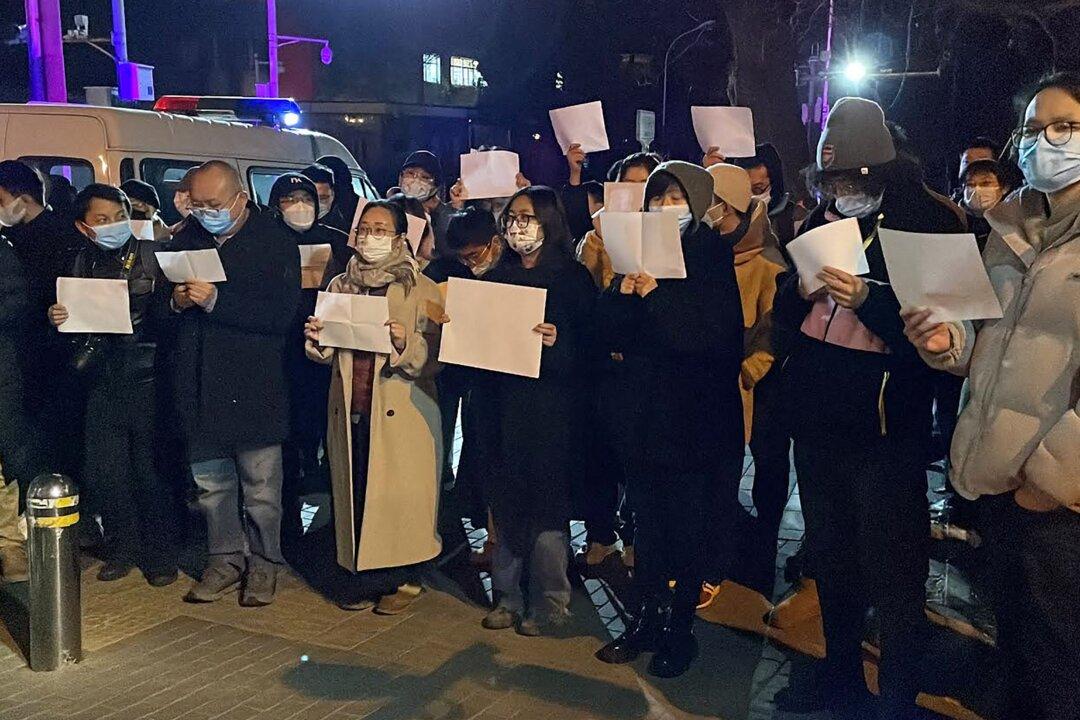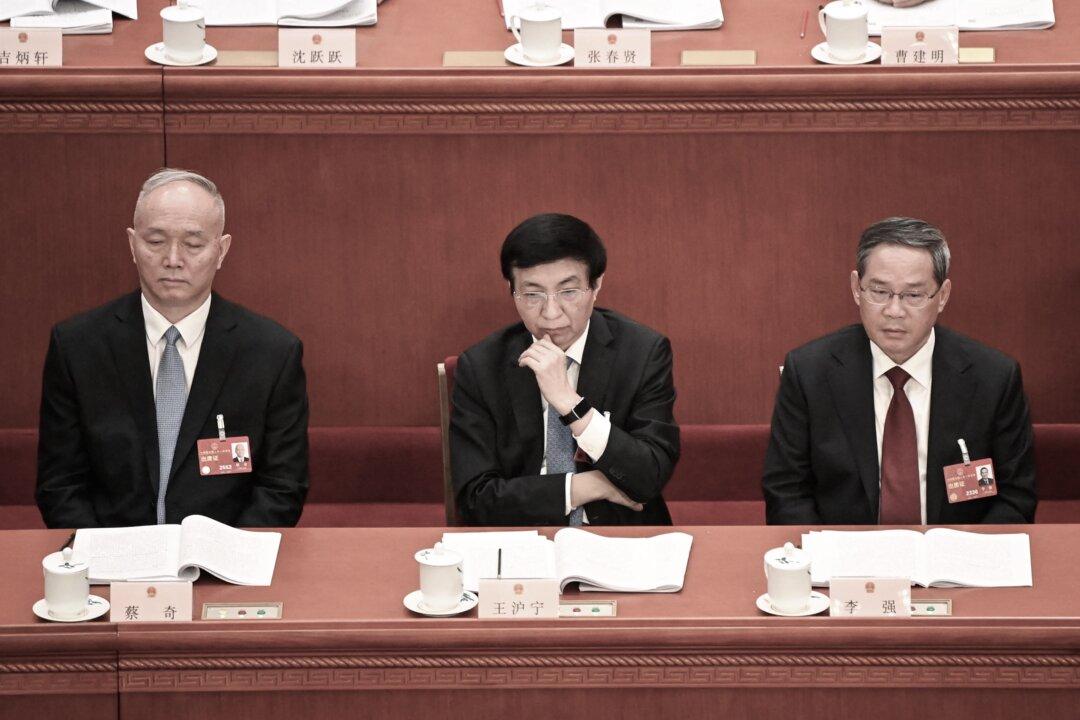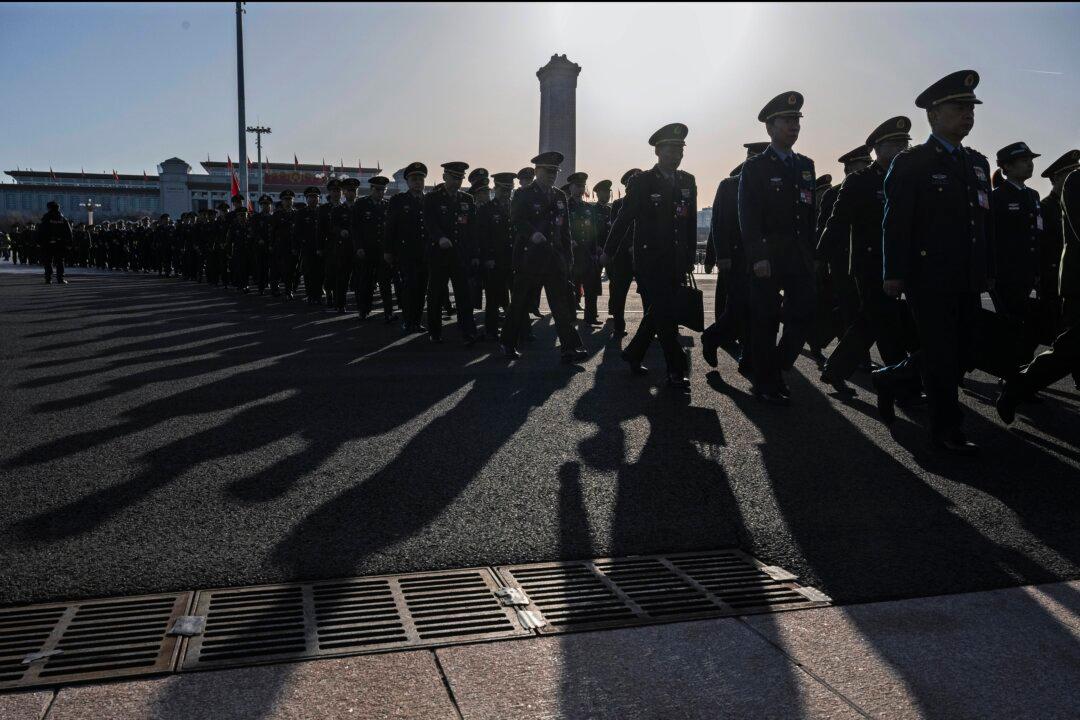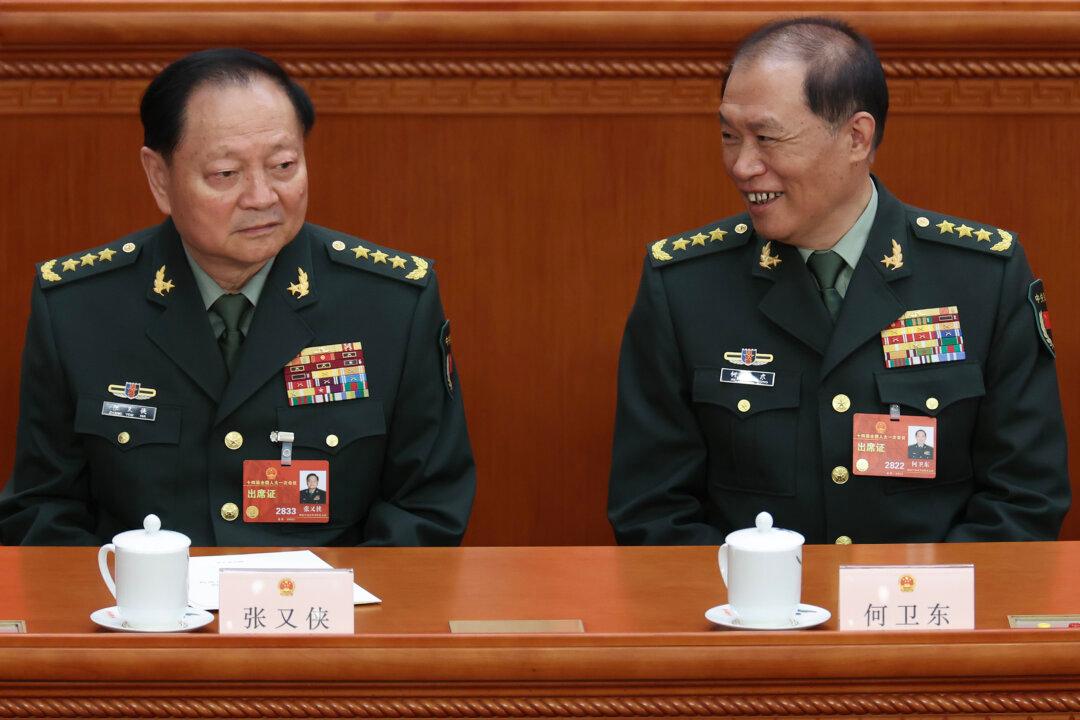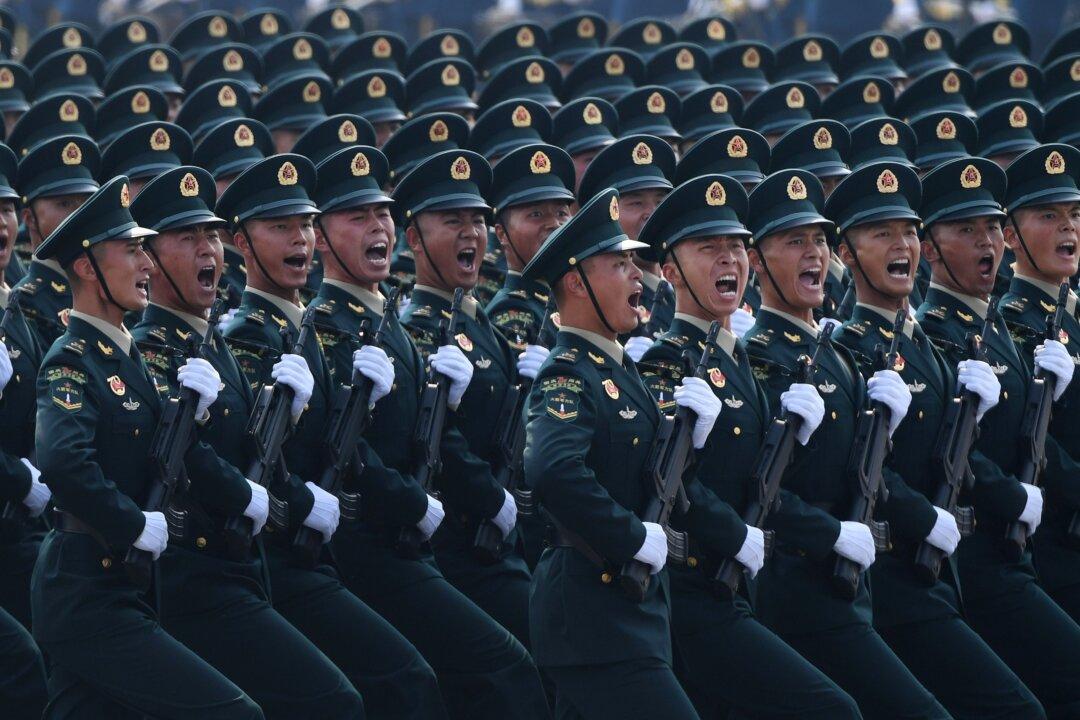China’s ruling authorities recently ordered a purported crackdown on mass protests that have erupted across China against the communist party’s COVID-19 measures. Although many Chinese cities eased the pandemic control restrictions a few days later, local communist party leaders in several provinces have begun to deploy crackdowns.
Analysts believe it is unlikely that the Chinese Communist Party (CCP) will deploy troops and tanks this time to quell the protests.
